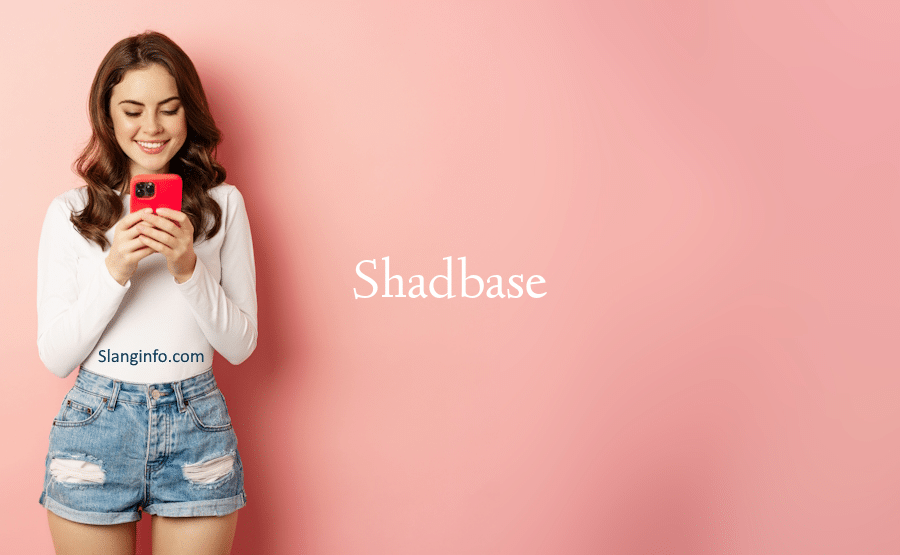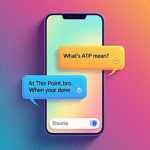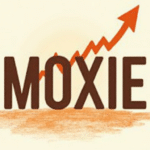The story of Shadbase is one of the internet’s most controversial tales, blending freedom of expression with the gray areas of online ethics. Created by Swiss artist Shadman, Shadbase was an edgy online art hub known for dark, often provocative content. Some viewed it as a digital space where art knew no boundaries, while others saw it as offensive and extreme.
| Key Takeaways | Explanation |
|---|---|
| Shadbase’s Concept | Known for edgy, satirical art that pushed social boundaries. |
| Artistic Freedom | Platform offered uncensored creative expression for its artist. |
| Controversies | Mixed reactions: loved for creativity but criticized for content |
| Ethical Questions | Raised debates on limits in online art and social responsibility |
The Rise and Fall of Shadbase
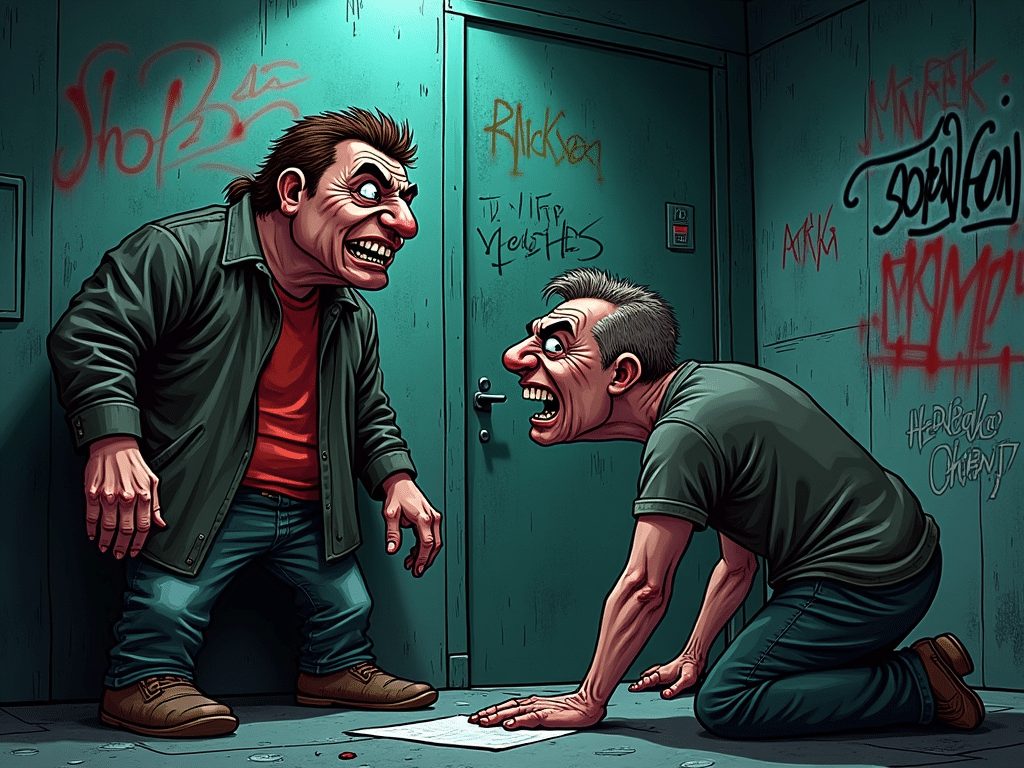
What Exactly Was Shadbase?
Shadbase was an online art platform founded by Shadman, who specialized in dark humor and satire. Much of the content on Shadbase aimed to shock or provoke. This wasn’t casual fan art—it was gritty, graphic, and made for a mature audience. Imagine satirical comics, surreal illustrations, and parodies of popular culture but dialed up in intensity.
Why was Shadbase such a big deal? It’s because the platform blurred lines between freedom of expression and censorship, opening up questions around artistic responsibility in the digital age. For instance, if you look at Gen Z slang today, you’ll see how language and humor adapt to current culture. Shadbase, in a way, was a visual reflection of that evolving, boundary-pushing culture.
Pros and Cons of Edgy Art Platforms
Platforms like Shadbase have undeniable appeal for those who appreciate art that doesn’t play by the rules. However, with that freedom comes the potential for backlash, especially when lines between satire and offensiveness get murky.
Pros
- Creative Freedom: Artists explore ideas without censorship.
- Community: Niche communities form, where like-minded individuals connect.
- Provocative Conversations: Challenges viewers’ perspectives, sparking discussion.
- Outlet for Dark Humor: Provides a place to express humor not seen in mainstream media.
Cons
- Normalization Risks: Repeated exposure to themes may desensitize viewers.
- Legal Concerns: Some work may be interpreted as legally questionable.
- Misinterpretation: Viewers might take satire literally, causing misunderstandings.
- Ethical Dilemmas: Raising the question: does all art deserve a platform?
| Pros | Cons |
|---|---|
| Creative freedom | Normalization of dark themes |
| Niche community | Potential legal concerns |
| Sparks conversations | Misinterpretation of satire |
| Outlet for dark humor | Ethical issues around content |
Censorship vs. Artistic Freedom Online
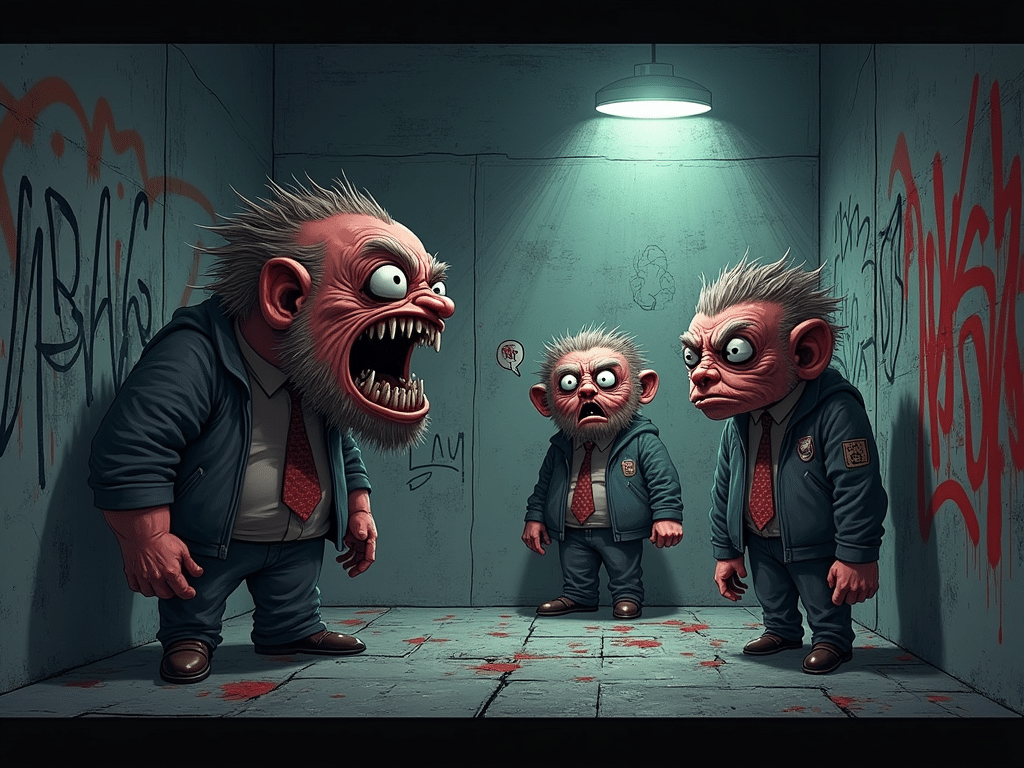
Shadbase’s presence posed a question we see a lot with online art: where should we draw the line? Artists on platforms like Shadbase argue that freedom is essential to their creative expression, while others believe some boundaries are necessary to avoid potential harm.
Perspectives on the Debate
- Art Critics: Believe in artistic freedom but argue for context and responsibility.
- Psychologists: Warn against the effects of graphic content, particularly for younger audiences.
- Artists: Many support self-regulation, trusting themselves to determine boundaries. However, not everyone’s boundaries align, leading to potential issues.
Platforms like Shadbase are particularly complex in the digital era. Anyone, regardless of age or background, can access content. Without clear guidelines, these platforms risk becoming accidentally accessible to younger audiences, sparking debates around accessibility and responsibility.
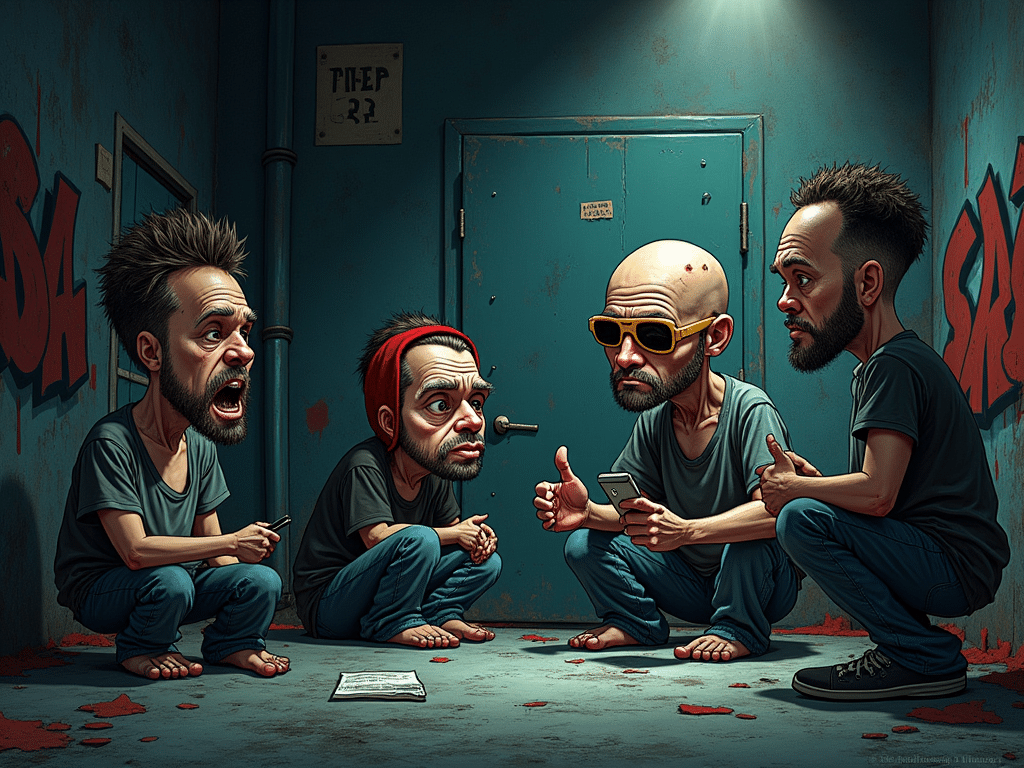
Shadbase’s Cultural Legacy
Love it or hate it, Shadbase left a significant mark on internet culture. Its edgy style was influential in online art circles, and it taught both artists and viewers valuable lessons about the balance between artistic freedom and social responsibility.
Key Lessons from Shadbase
- Artistic Responsibility: Artists can create freely but need to consider impact.
- Platform Accountability: Clear guidelines help prevent unintended consequences.
- Freedom vs. Criticism: Creative expression is open to both praise and critique.
- Importance of Context: Context can shape how people interpret art, making it essential in edgy works.
Shadbase may no longer be active, but its story continues to fuel discussions on what it means to create in a free but ethically complex online world. Artists aiming to push boundaries can learn from both its successes and mistakes.
Final Thoughts: Shadbase’s Place in Online Art History
Ultimately, Shadbase served as a cautionary tale for what can happen when art pushes too far for some, while for others, it was a sanctuary of unfiltered expression. Shadman’s work—whether seen as boundary-breaking or offensive—forced us to look at the role of art in challenging societal norms.
It’s clear Shadbase was a blend of creativity, controversy, and consequence. Whether it’s considered a cultural icon or a digital misstep, Shadbase made people think. And perhaps, that’s what good art is meant to do.

